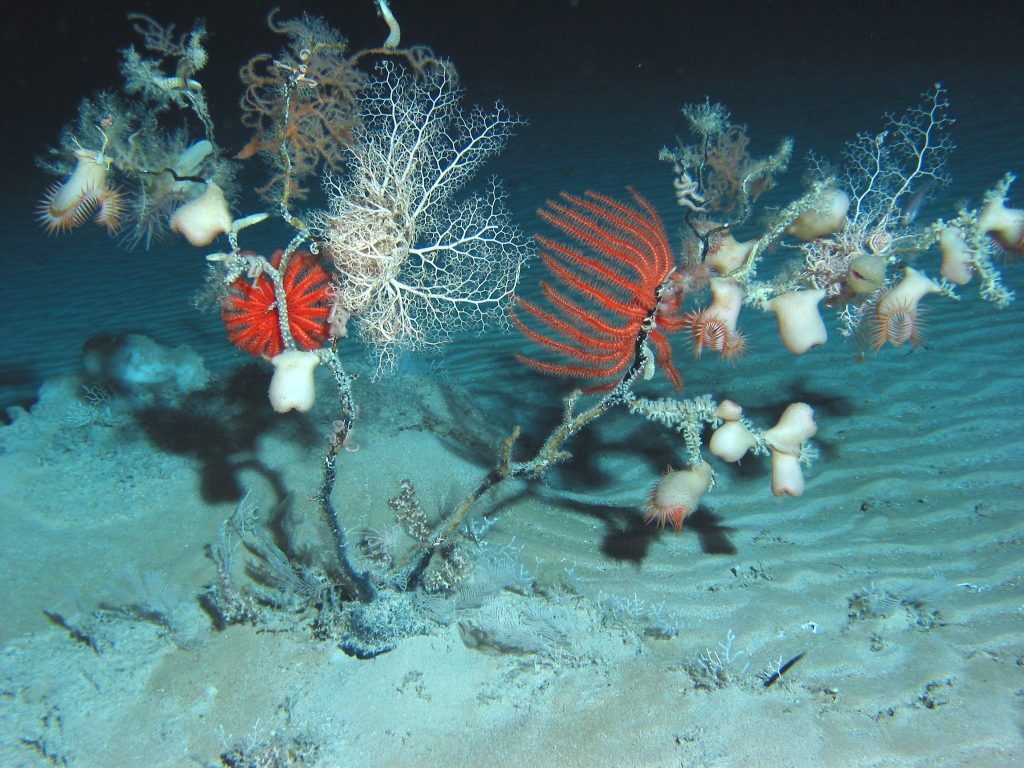Bulgarian mires face an uncertain future in the face of economic development.
Biodiversity and ecosystems continue to shrink irreversibly giving way to economic progress, even as policies to save them are being discussed all over the world. One such case is that of the mires (wetlands of peat and calcareous tufa) in Bulgaria. A comprehensive study carried out by Michal Hajek and his team found that mires in Bulgaria are of unique ecological importance. The mires are highly diverse, representing the entire pH/calcium gradient, and also differ in historical age.
Therefore they act as refugia for various endemic and rare species of flora and fauna and are priceless natural archives. But unlike other mires in arctic and boreal zones, which still remain quite unharmed, these (in south Europe) have been either drained for agriculture and urbanisation, or been submerged. The study shows that 43% of mire plants (some of which are extremely rare)are threatened, and that some of the rarest mollusc communities are found in only a few threatened sites.
The European Union has instituted a policy called Natura 2000 that makes it compulsory for all member nations to protect biodiversity-rich areas. Bulgaria when it joined the Union in 2007 needed to create its own Natura 2000 network. This, however, seems to have come a little too late. In the race for current economic progress, Bulgaria has already lost a major portion of its rare mires, at an accelerated rate after joining the E.U., but also earlier in the 1950s during the communist period. There is a huge lag between the making of policies and their realisation. Public awareness needs to be raised quickly to help slow down the disappearance of such irreplaceable natural treasures.
Further reading
Hajek M, Hajkova P, Apostolova I, Horsak M, Rozbrojova Z, Sopotlieva D & Velev 2010. The insecure future of Bulgarian refugial mires: economic progress versus Natura 2000. Oryx, 44, 539–546.





